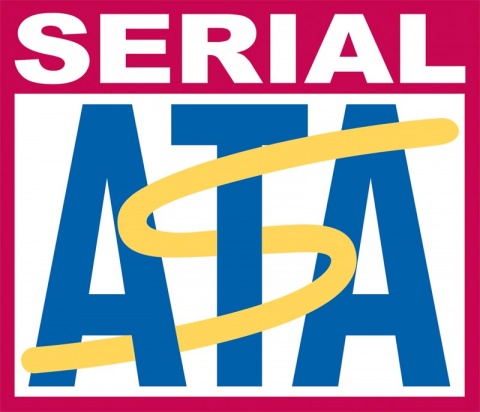New Superfast SATA Express Standard Brings 8 & 16GB/s Data Transfer Speeds to Storage Devices
Currently the fastest SATA ports can support up to 600Mb/s (0.6Gb/s) data transfer rates. However, once the new SATA Express standard is ratified, this will shoot up to 8Gb/s and 16Gb/s rates! That’s a massive speedup factor of 13 and 26 times. So, what is SATA Express? The SATA-IO standards body explains this:

“SATA Express is a new specification under development by SATA-IO that combines SATA software infrastructure with the PCI Express® (PCIe®) interface to deliver high-speed storage solutions. SATA express enables the development of new devices that utilize the PCIe interface and maintain compatibility with existing SATA applications. The technology will provide a cost-effective means to increase device interface speeds to 8Gb/s and 16Gb/s.”
So, this fusion of PCIe and SATA will be particularly handy in preventing the bottlenecking of high speed storage devices, currently SSDs which are currently pushing against the 0.6Gb/s speed limit and will maintain backwards compatibility with existing devices such as older SATA HDDs. SATA Express defines new device and motherboard connectors that will support both new SATA Express and current SATA devices. It will also support new form factor devices, such mSATA for low profile solutions for mobile computing devices; SATA Universal Storage Module (USM) which is an integrated SATA interface for providing portable, volume storage I/O to consumer electronics devices, as well as PC applications and finally SATA microSSD which is an embedded, single-chip solution that connects directly to the motherboard enabling ultra-thin form factor devices.
Note that the faster 16Gb/s version is actually 60% faster than Intel’s new Thunderbolt interconnection, which runs at 10Gb/s. Therefore, it wouldn’t be surprising if the functionality of Thunderbolt will be rolled into the SATA Express standard, making the fledgling Thunderbolt obsolete before it gets much traction in the market. It’s currently a niche, high end and expensive product in the marketplace.
The new SATA Express specification is expected to be ratified by the end of 2013. Full details for SATA Express are available from SATA-IO, linked to below.
Solid state (SSDs) and hybrid drives are already pushing the limits of existing storage interfaces. SATA Express will provide a low-cost solution to fully utilize the performance of these devices. Storage devices not requiring the speed of SATA Express will continue to be served by existing SATA technology. The specification will define new device and motherboard connectors that will support both new SATA Express and current SATA devices.

Comments are closed.